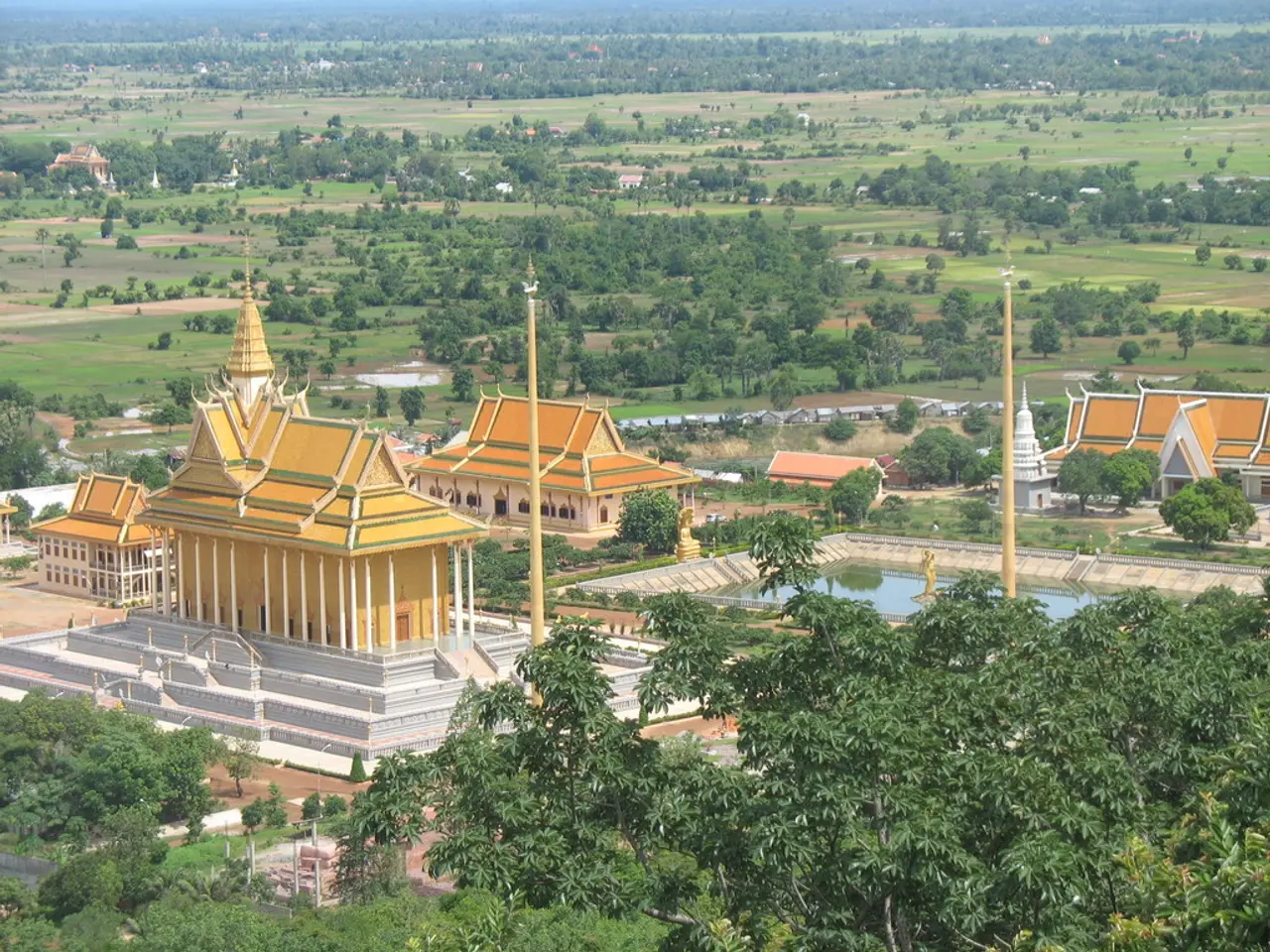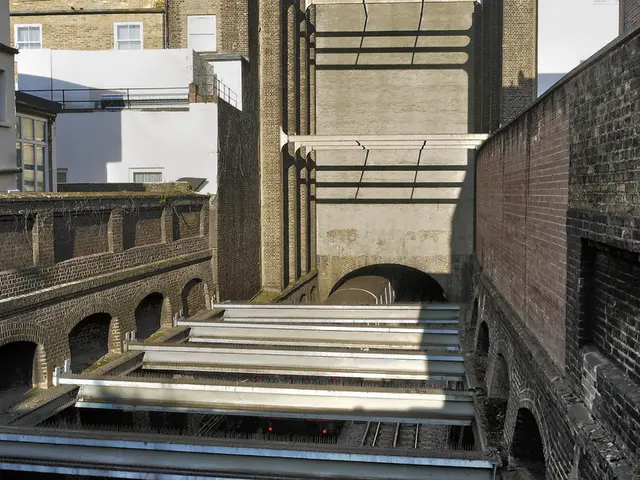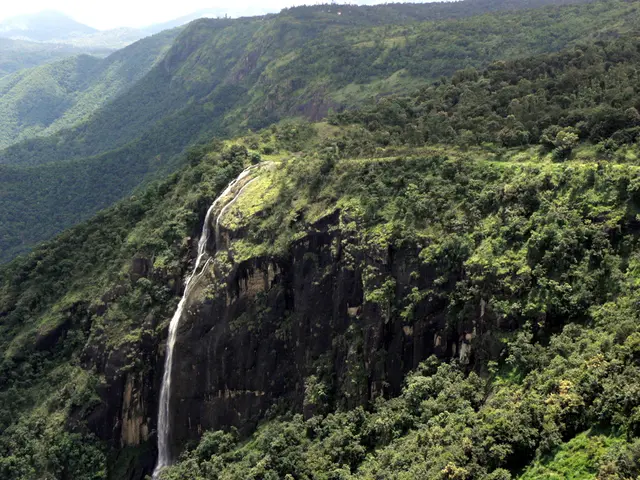Ancient Wonders: Bettany Hughes Discusses the Seven Marvels of the Ancient World
In the February 2024 issue of BBC History Magazine, Bettany Hughes delves into the captivating history and significance of the Seven Wonders of the Ancient World in her article, "Marvellous News." These architectural and artistic masterpieces, Hughes explains, were not just isolated monuments but were interconnected through the artists who worked on them and the mutual architectural influences they shared.
The term wonder originates from the Old German wuntar, meaning "something marvellous," and the Greeks referred to these sites as thaumata, meaning "works that needed to be seen." The Seven Wonders were more than just tourist attractions; they were symbols of the cultural and spiritual life of ancient civilizations.
Hughes' research took her to the locations of each wonder, allowing her to connect the ancient and modern landscapes and gain a deeper understanding of the human experience around these marvels. The wonders exemplified pioneering ambition and extraordinary incursions into the landscape, each encapsulating a special aspect of human endeavor and creativity in the ancient Mediterranean and Middle East.
The Great Pyramid of Giza, the oldest of the Seven Wonders, was built at least 4,500 years ago and remains substantially intact today. It was conceived as a means for the ancient Egyptians to try to understand the place of humans in the cosmos. The Mausoleum of Halicarnassus, built by the Karian ruler Mausolos and his wife, Artemisia, in 351 BC, was a hybrid of Assyrian, Egyptian, Greek, and Karian styles.
The Hanging Gardens of Babylon, created between 691 and 550 BC, were a venue for hosting visiting dignitaries, for displaying wealth, and possibly a location to sit and be healed by the night-time power of the stars. The Statue of Zeus at Olympia, built around 430 BC, was an incarnation of divine and human potential, embodying the spirit of the Olympic Games.
The Temple of Artemis at Ephesus, subsidized in the sixth century BC by King Croesus of Lydia, was renowned as a place of sanctuary and was accessible not just to kings but to commoners. The Colossus of Rhodes, erected in c302/292 BC after a pitiless siege of Rhodes by Demetrius the Besieger, stood high on the island overlooking the sanctuary of Helios.
The Lighthouse of Alexandria, built in c297 BC, guided sailors to safety along one of the most perilous coastlines of northern Egypt. It stood at 120 meters tall and was decorated with pink granite. The Pharos Lighthouse of Alexandria may have been the world's first weathervane.
Hughes' journey to these sites aims to revive the understanding of these wonders as dynamic parts of ancient life, not just relics. By exploring their interconnectedness and cultural importance, Hughes' work offers a fresh perspective on these architectural and artistic achievements and their lasting impact on human history and imagination.
Traveling to the sites of the Seven Wonders of the Ancient World, Bettany Hughes discovered that these marvelous architectural and artistic masterpieces were not only symbols of the cultural and spiritual life of ancient civilizations but also interconnected through the artists who worked on them and the mutual architectural influences they shared. The lifestyle around these wonders, as Hughes found, was an adventure-travel in itself, offering a unique blend of cultural-travel experiences that allowed her to connect the ancient and modern landscapes, gain a deeper understanding of the human experience around these marvels, and revive the understanding of these wonders as dynamic parts of ancient life, not just relics.




